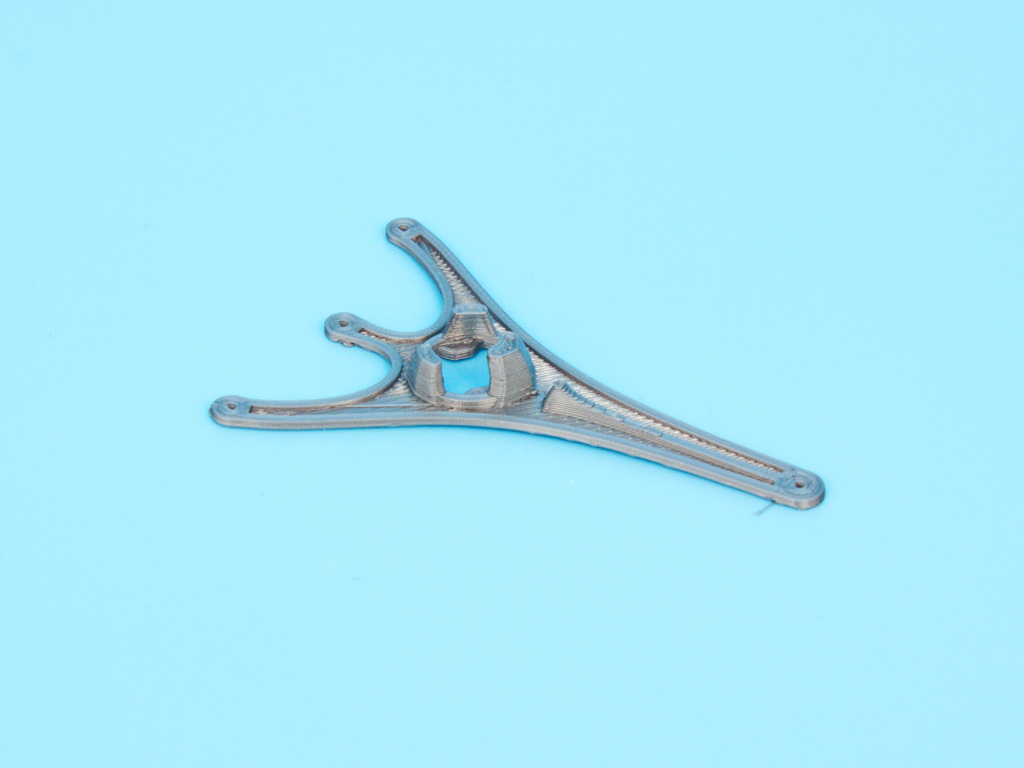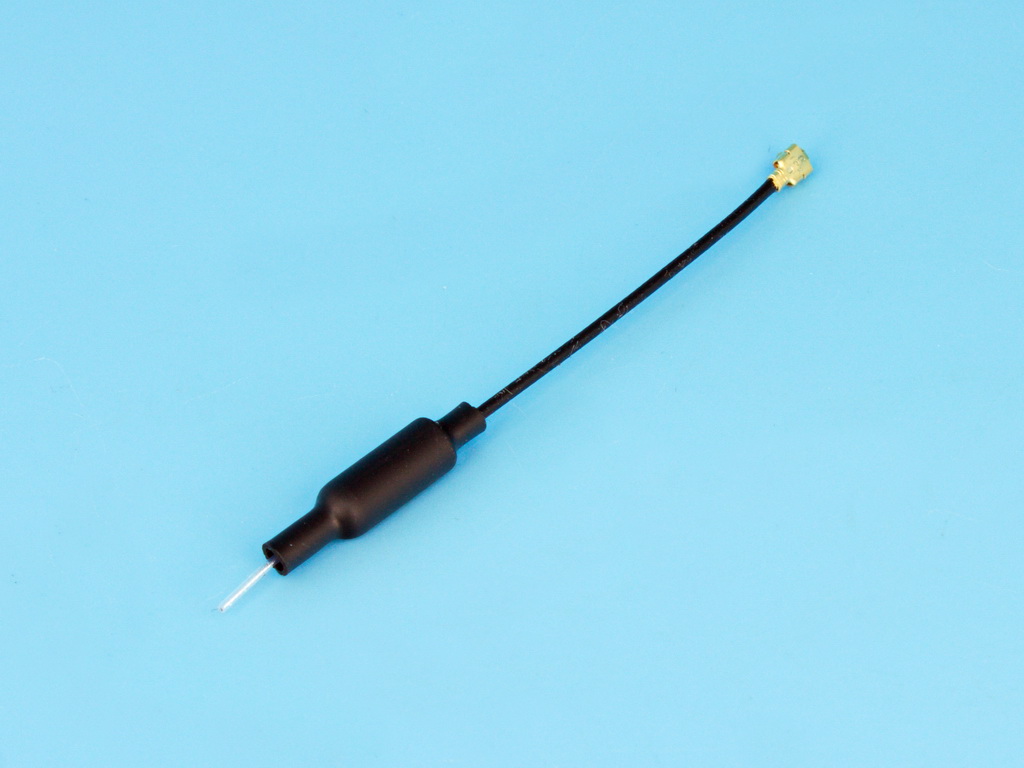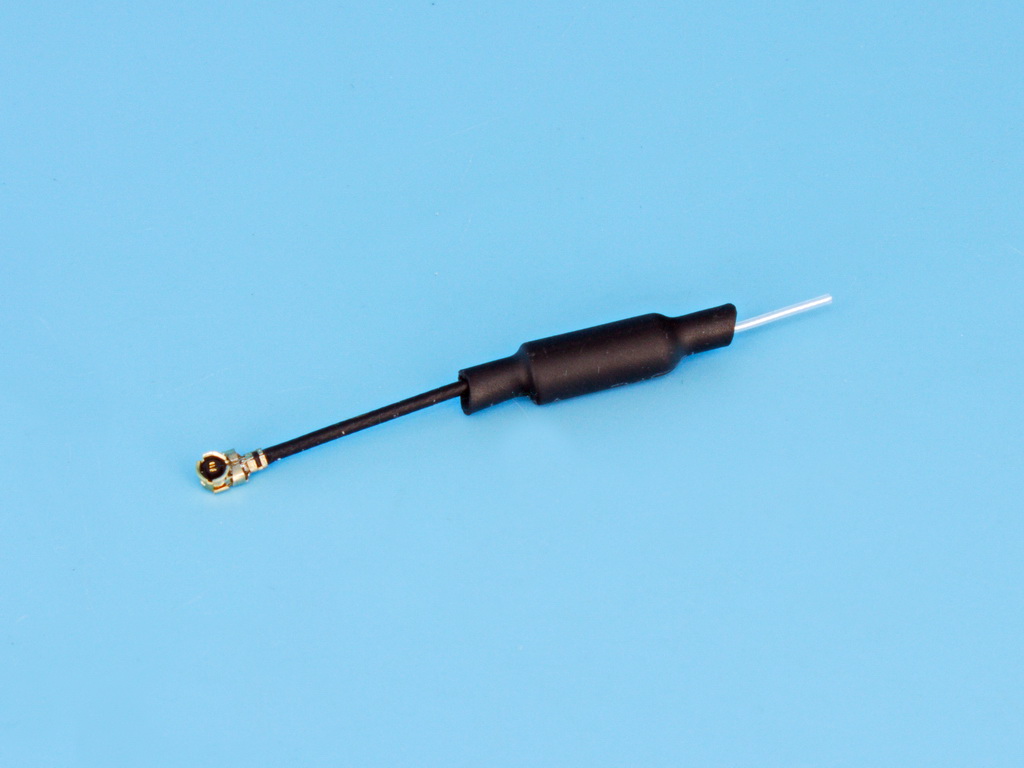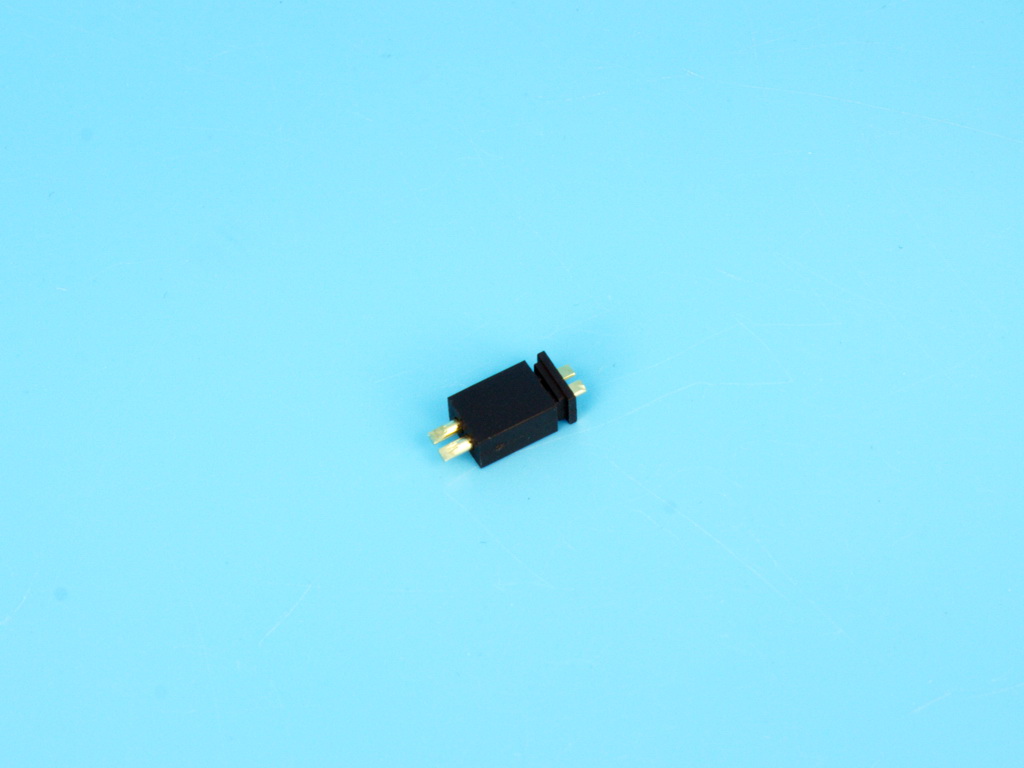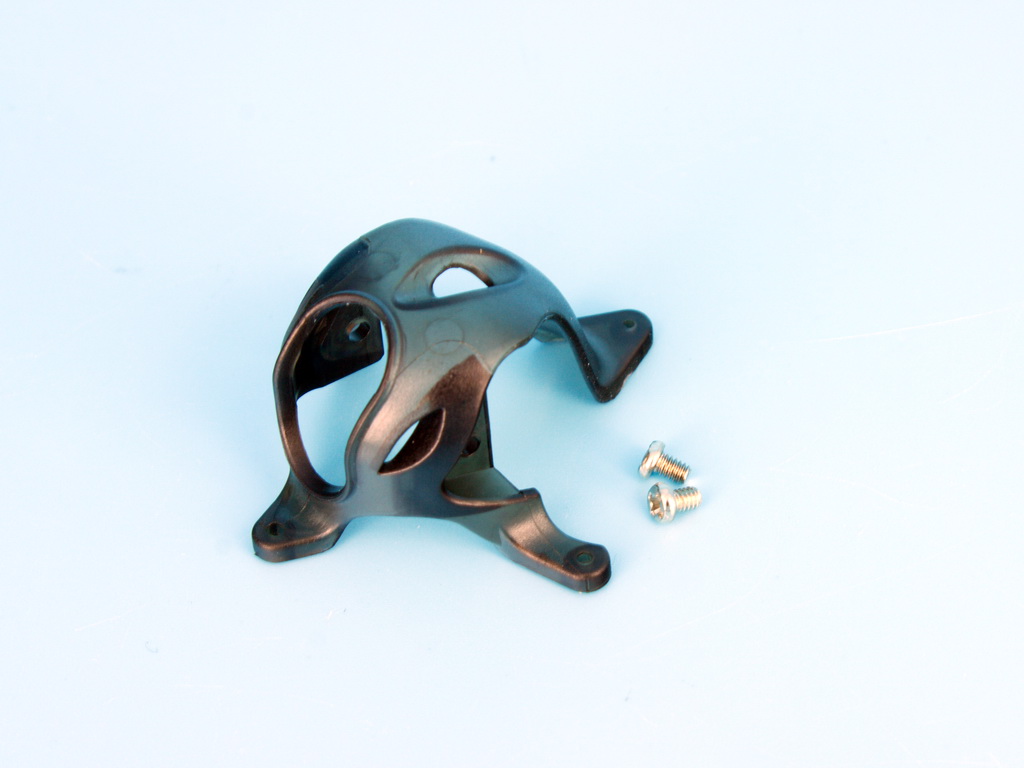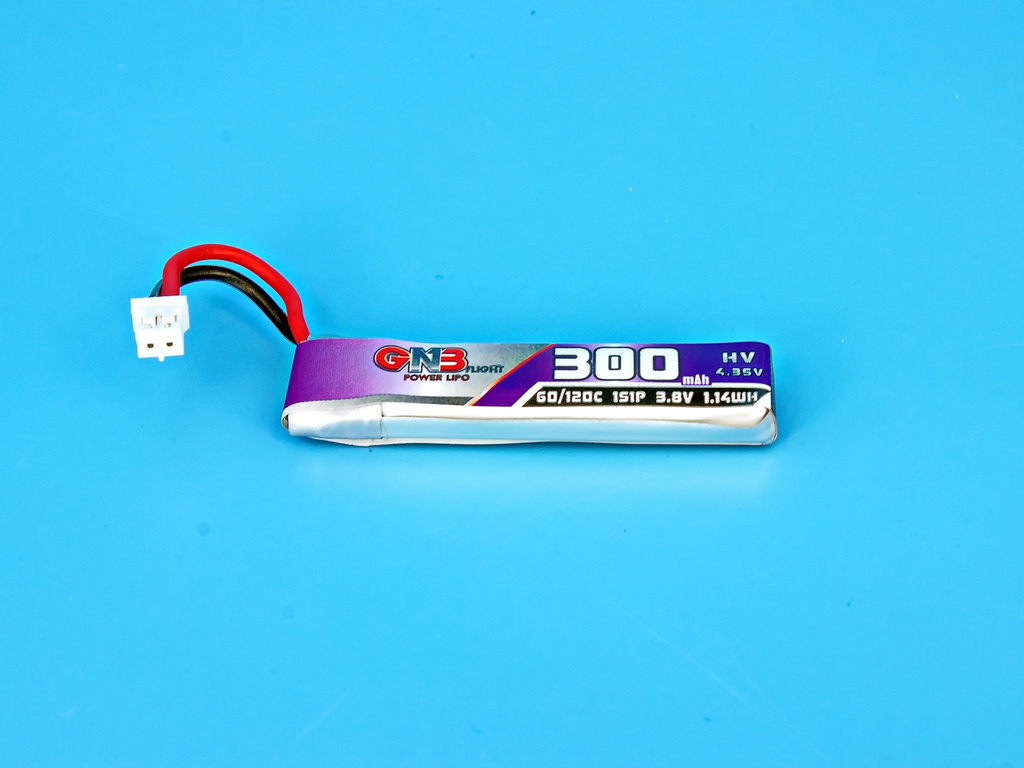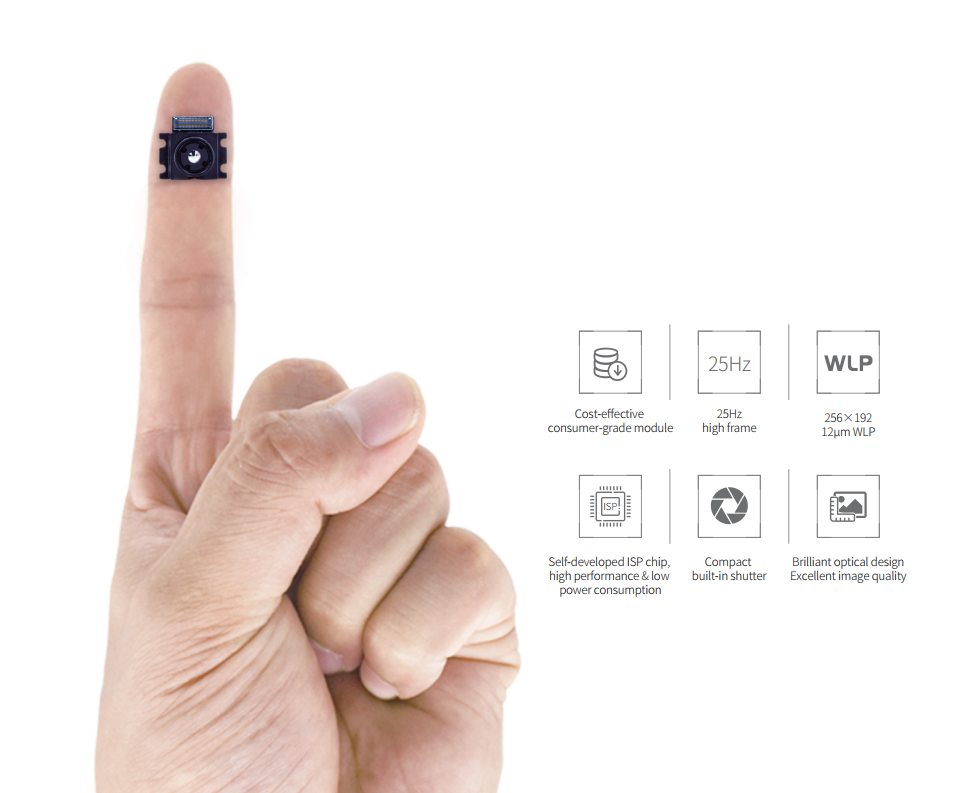Description
Detailed Information
Flight performance is the cornerstone of every AOS frame. Exceptional vibration and resonance performance reduces propwash, oscillations and motor heating. Not only does the AOS 5.5 V2 fly amazingly on Betaflight 4.3 stock settings; it also allows you to push your PID and filter settings further than ever before to achieve unparalleled stick feel and minimal filter delay.
The new arm geometry provides even more stiffness in key directions as well as improved durability in front impact. The 3 screw motor mounting reduces weight and removes the motor hole that can be a stress riser for compressive failure.
The AOS 5.5 V2 offers unparalleled flexibility for your electronics supporting up to 30×30 mm stacks in the front centre and rear. It also supports the DJI Air Unit and HDZero 1W VTX, the original DJI HD FPV camera or any standard micro sized camera.
The AOS 5.5 V2 features 2 slots for captive battery straps on the top plate as well as an XT60 pass through to keep battery cables away from the props. The GoPro mount uses the AOS standard 32x32mm mounting but includes pre installed press nuts to make mounting a breeze.
Building the frame couldn’t be simpler. Just 8 standoffs and 16 screws are needed and none of the frame screws are shared with your electronics. Only 2 screws need to be undone to change an arm.
Specifications
- Product Name: AOS 5.5 EVO V1.2 Frame Kit
- Frame wheelbase: 237mm
- Frame Dimension: 188*145*32.5 mm
- Arm Thickness: 6mm
- Top Plate Thickness: 2mm
- Bottom Plate Thickness: 2.5mm
- Upper Plate Thickness: 2mm
- Motor Mounting: 16*16mm / 19*19mm
- VTX Mounting: 20*20/Φ2mm / 25.5*25.5/Φ2mm
- Weight: 194 grams
GoPro’s are getting heavier, frame design needs to evolve
To understand why I have developed this 5.5″ frame we must ask why 5″ quads are so popular? It comes down to a balance between responsiveness and disc loading. As you make a quad larger is becomes less responsive but the larger props are able to carry a heavier load at the same disc loading.
When you balance these two factors for a quad carrying a GoPro Hero 5 session weighing in at 75g you find that a 5″ quad is an ideal size. And so it is no surprise that pilots everywhere grew to love the 5″ class.
However, as we know, GoPro stopped manufacturing the Hero 5 session and released the Hero 6 and then the Hero 7 both weighing in at 116g. Then the Hero 8 at 126g and now the Hero 9 at 147g.
Now the calculation of responsiveness vs disc loading looks very different when you consider the additional weight of these much larger cameras. 5″ is no longer ideal. In fact for the Hero 8 and 9 a 5.5″ prop provides a much better disc loading than 5″.
The AOS 5.5 is optimized to carry these heavier cameras. And to do so with no compromises.
Harmonic analysis is the key
I used Blackbox logging and harmonic analysis to visualize the vibrations of the AOS 5.5 during the design process. This allowed me to tune the geometry of every part of the frame, moving the frame resonances up and away from the motor frequencies and separating them as far as possible. This avoids, as far as possible, the situation where the motor frequencies match a frame resonant frequency and so amplification is minimized.
As a result, you can run less filtering. Every layer of filtering adds delay that’s mathematically related to how effectively it removes vibrations. This delay prevents the flight controller from responding rapidly enough to propwash leading to poor propwash handling. Reducing the amount of filtering is the best way to improve propwash handling. With the AOS 5 you’ll be in the best possible position to reduce your filtering to an absolute minimum.
Another advantage of lower noise is the ability to run higher PID gains. Higher PID gains allow the quad to track your stick movements with less delay and more precision. The result is greater confidence, particularly when flying tight lines where fast reactions are vital.
Included
- 1x AOS 5.5 Evo FPV Frame Kit with TPU parts
Price & Procurement
Associated Product
-
-
-
-
-
-
Capacity: 300 mAh Nominal voltage: 3.8 V Maximum discharge current: 60C ...
-
DarkStar20: So light, it makes feathers look overweight. Perfect for sneaking th ...
-
With 20A Blheli_s ESCs and an integrated ELRS RX, this FC lifts your drone’s per ...
-



